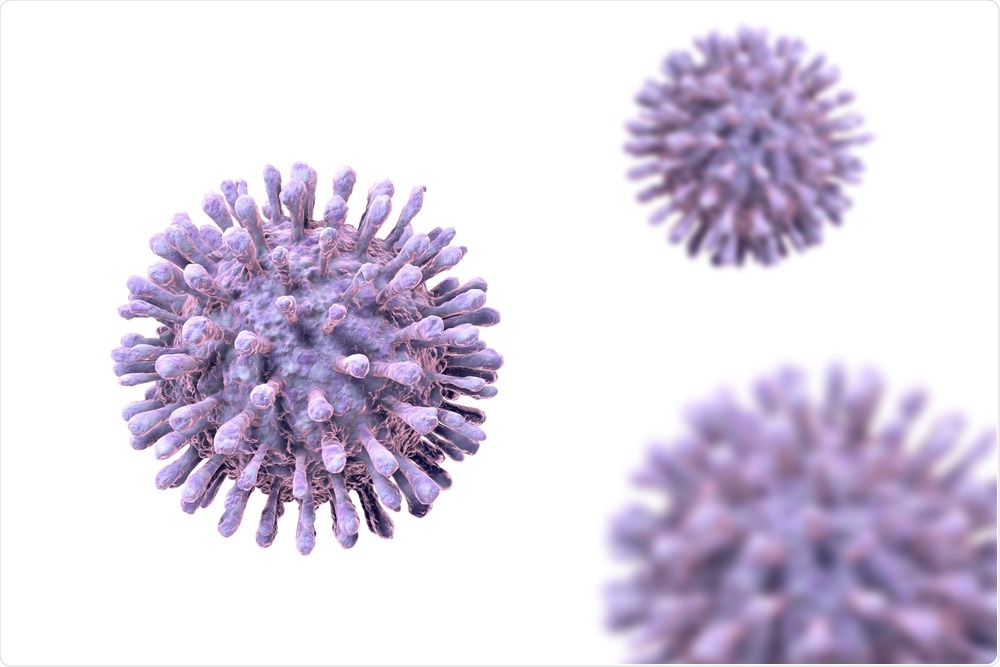A man in Britain has become the second person in the world to be cleared of HIV after receiving a stem cell transplant from an HIV-resistant donor.
 Kateryna Kon | Shutterstock
Kateryna Kon | Shutterstock
As reported in the journal Nature, the case is the second only ever example of a person experiencing sustained remission from HIV infection after receiving a bone marrow transplant.
It is more than ten years since Timothy Ray Brown, also known of as the “Berlin patient,” made history by becoming the first person in the world to sustain HIV-1 remission, without the help of anti-retroviral (ARV) drugs.
However, a second case involving a man who is being dubbed the “London patient” has now shown that the first result was not a one-off.
Although the treatments that the two men received can only be used in a tiny proportion of the 37 million people infected with HIV globally, the outcomes point to cure strategies that could be applied more broadly.
To treat their blood cancers, the two men received bone marrow transplants from people who carried a mutation in the CCR5 gene. This gene is the one that codes for the cell-surface receptor many HIV strains use to infect cells.
After HIV-resistant cells from the transplant replaced the men’s vulnerable cells, both men stopped taking the ARV therapy that had been suppressing their infections.
As far as scientists can tell, eighteen months he received his intervention, the London patient is still completely free of HIV.
“There is no virus there that we can measure. We can’t detect anything,” says Ravindra Gupta, an HIV biologist who co-led the intervention.
The team also found that the patient’s white blood cells are resistant to CCR5-dependent HIV strains, which suggests the donated cells have become engrafted.
Gupta describes the patient as “in long-term remission” and “functionally cured,” although he is hesitant to use the term “cured” at this stage: “After 2 years, we’ll be talking more about ‘cure.’”
What Gupta can confirm is that a stem cell transplant from a CCR5-negative donor can wipe out HIV and prevent the virus from rebounding.
Doctors point out that the interventions would not necessarily work for all HIV patients and that the CCR5-negative stem cells used in this case are extremely rare.
However, future investigation into how the CCR5 receptor functions could pave the way for an eventual HIV cure.
This tells us that the feasibility, and importantly, the availability of delivering this approach could possibly be achieved by the rapidly accelerating field of gene editing and related gene therapies. However, there are still significant hurdles in this field as well.”
Anthony Kelleher, Immunovirology Researcher